
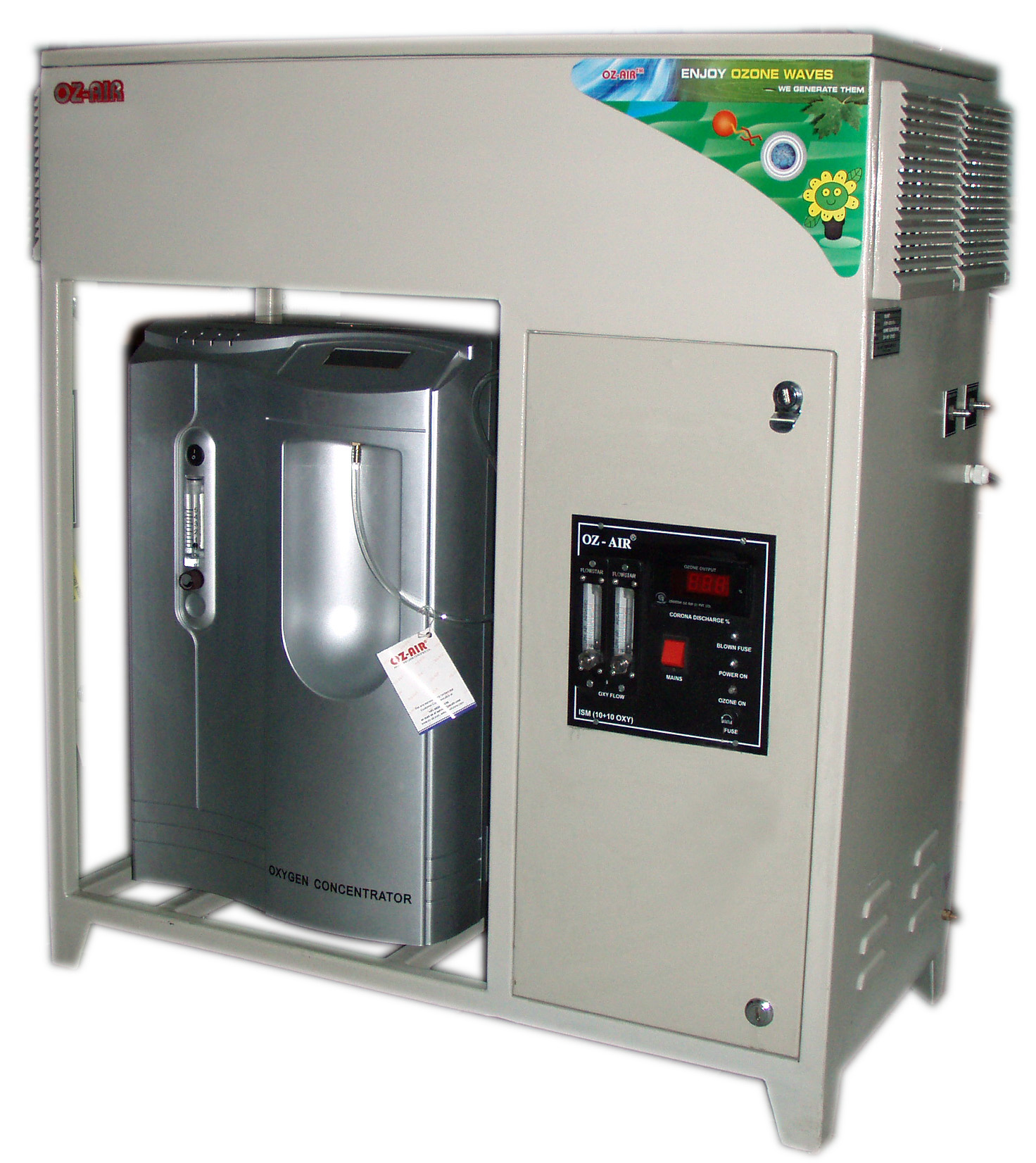
Ozone generators are devices that produce ozone gas, typically for purposes like air purification or odor removal. They work by generating ozone molecules (O3) from oxygen molecules (O2) in the air. Ozone is a highly reactive molecule and can oxidize (break down) organic and inorganic substances it comes into contact with.
Air Purification: Ozone can help neutralize odors, kill bacteria, viruses, and mold spores, and remove pollutants from the air.
Water Treatment: Ozone is used to disinfect water by killing bacteria and other microorganisms. It's especially effective for treating water in swimming pools, spas, and aquariums.
Food Preservation: Ozone is used to disinfect and extend the shelf life of certain foods by killing bacteria and molds on the food surface.
Laundry: Ozone can be used to disinfect laundry by killing bacteria and removing odors without the need for hot water or additional chemicals.
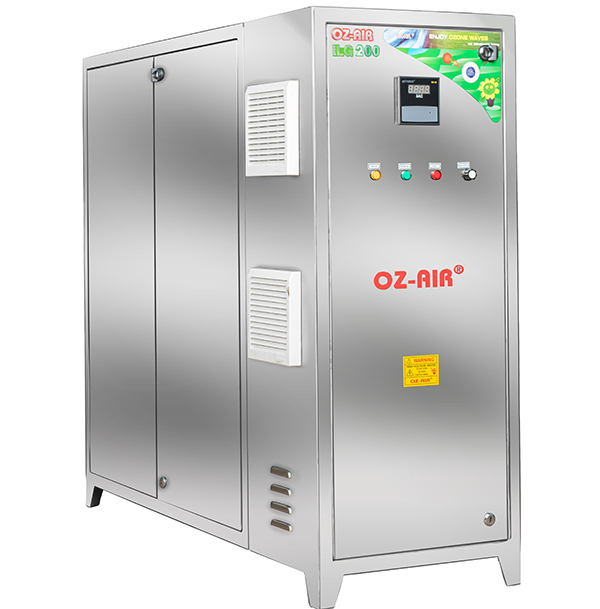

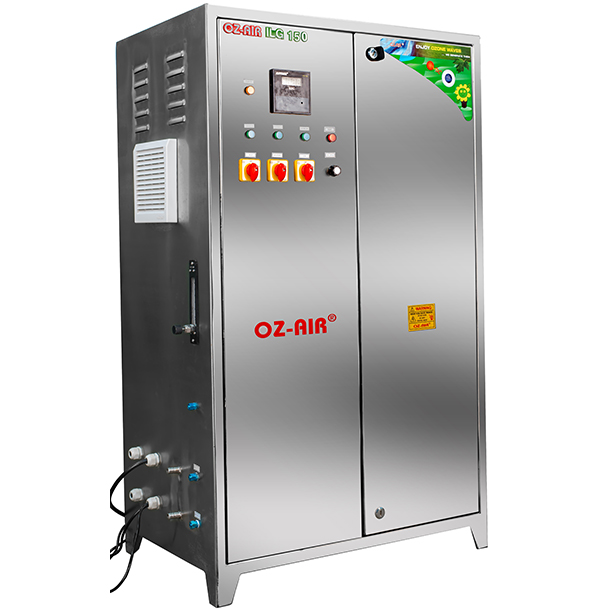
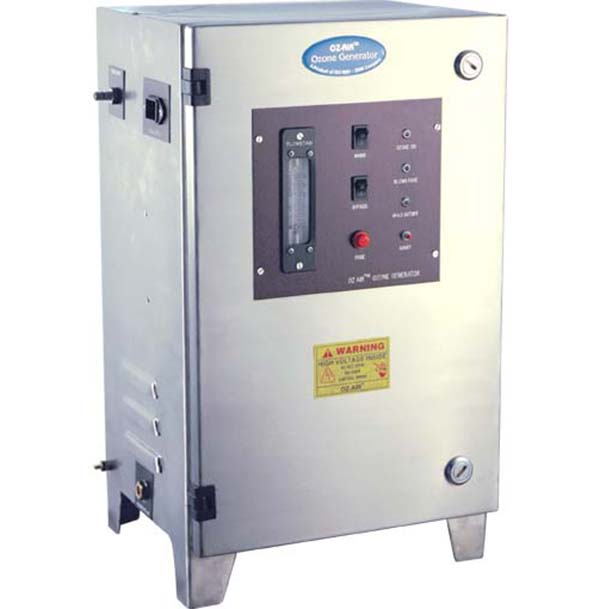
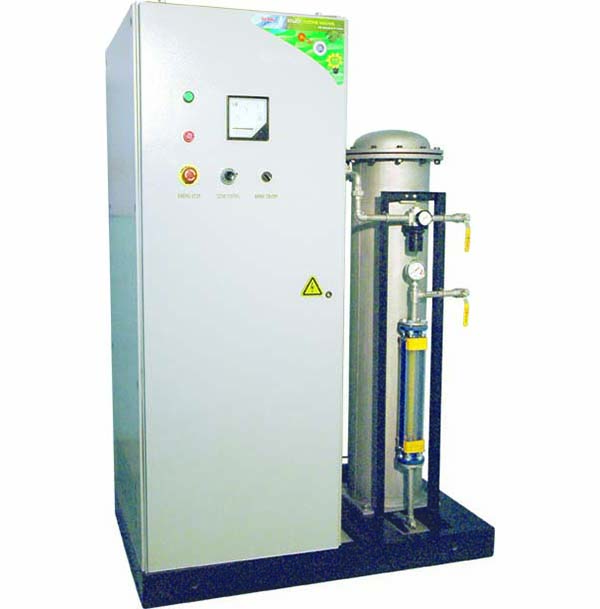
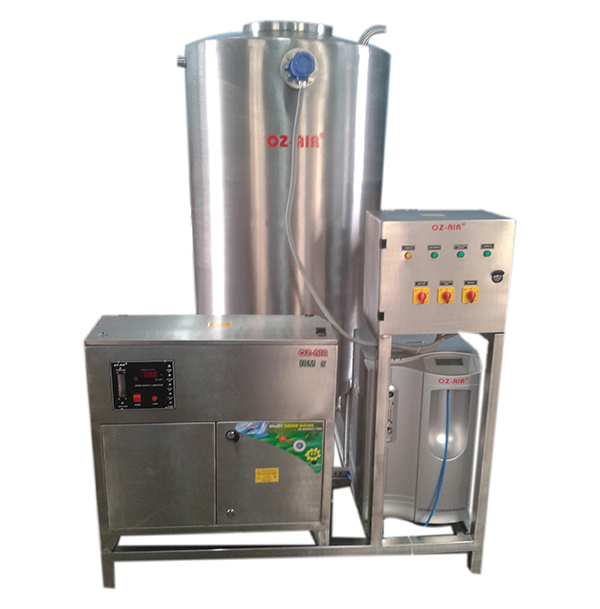
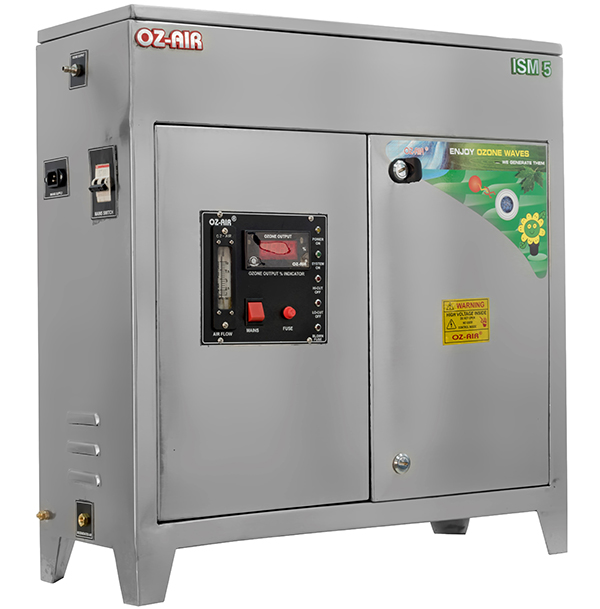
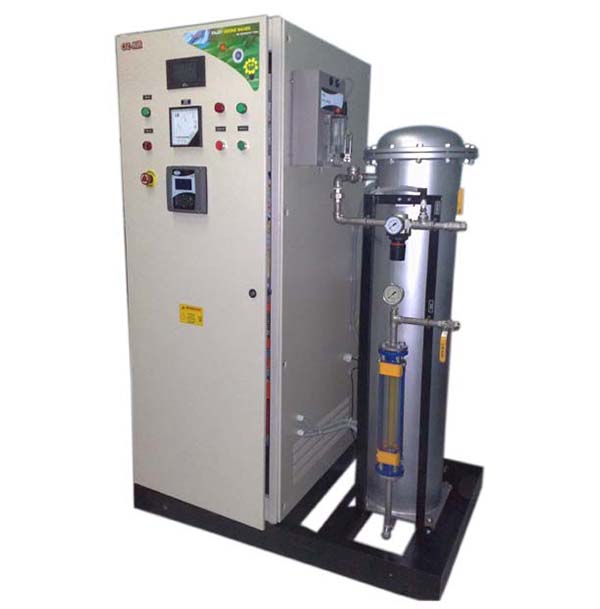
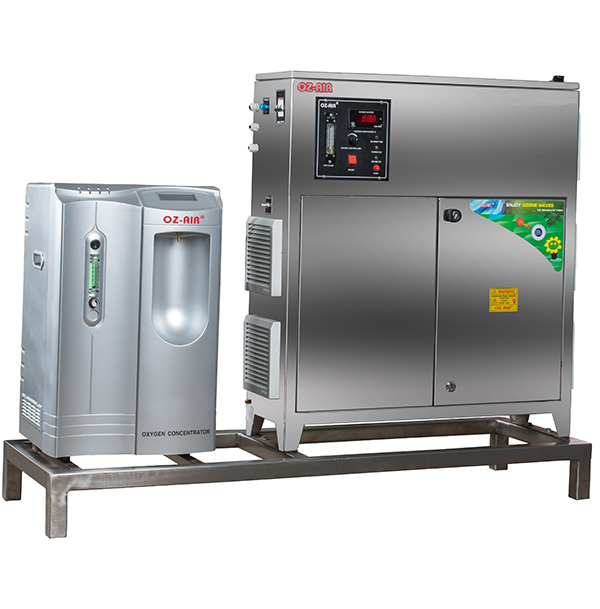


Health Risks: Ozone can be harmful to humans and animals when inhaled in high concentrations. Prolonged exposure to ozone can cause respiratory issues and other health problems.
Regulation: Some jurisdictions regulate the use of ozone generators due to health and safety concerns. It's important to research and follow any relevant regulations and guidelines.
Effectiveness: The effectiveness of ozone generators can vary depending on factors such as the size of the space being treated, the concentration of ozone produced, and the duration of treatment.
Safety Precautions: Proper ventilation is essential when using ozone generators to prevent the buildup of ozone to unsafe levels. It's also important to follow manufacturer instructions and safety guidelines to minimize risks.
Overall, while ozone generators can be effective for certain applications, it's important to use them with caution and awareness of potential risks.
Ozone air sterilization systems generate ozone gas, typically through corona discharge or ultraviolet light. The ozone is then released into the air where it reacts with contaminants, breaking down their molecular structures and rendering them harmless.
Ozone air sterilization systems can effectively eliminate airborne pathogens, allergens, and odors, improving indoor air quality. They are often used in settings where cleanliness and sanitation are crucial, such as hospitals, food processing facilities, and laboratories.
While ozone is an effective disinfectant, high concentrations of ozone can be harmful to humans and animals. It's essential to use ozone air sterilization systems with caution and follow safety guidelines to prevent overexposure and potential health risks.
Safety precautions include ensuring proper ventilation, limiting human and animal exposure during operation, and following manufacturer guidelines for installation and maintenance. Some systems are equipped with sensors and controls to monitor ozone levels and adjust output accordingly.
While ozone air sterilization systems are effective against many airborne pathogens and allergens, they may not eliminate all contaminants. Some systems incorporate additional air purification technologies such as filters and UV-C light to enhance their effectiveness.
Ozone air sterilization systems can be used in residential settings, but it's essential for homeowners to understand the potential risks and benefits. Proper installation, operation, and maintenance are crucial to ensure safety and effectiveness.
The time required for ozone to sterilize the air depends on factors such as the size of the space, the concentration of ozone generated, and the level of contamination. In general, ozone air sterilization can take anywhere from a few minutes to several hours to achieve desired results.
Regulations and guidelines for ozone air sterilization systems vary by region and jurisdiction. It's essential to research local regulations and consult with experts or professionals in indoor air quality to ensure compliance and safety.
Yes, ozone air sterilization systems can be used in conjunction with other air purification methods such as HEPA filters, activated carbon filters, and UV-C light to achieve comprehensive air purification and sanitation. However, it's essential to ensure compatibility and proper integration of these technologies.